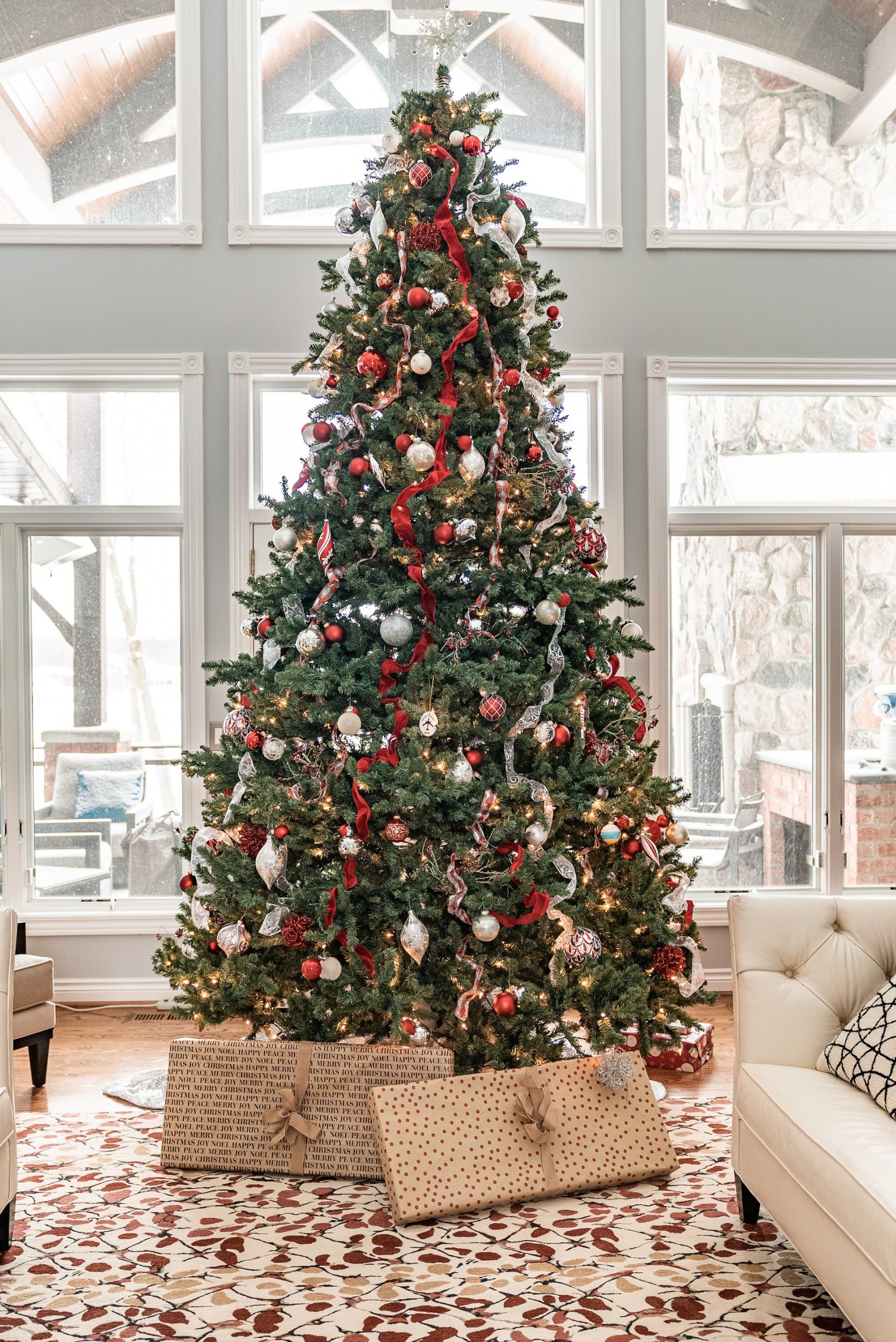
Sci&Tech Editor Georgia Brooks considers the most eco-friendly options for your Christmas Tree
Every year the UK dumps around 6 million Christmas trees in January following the festive season, which subsequently decompose and release tons of methane into the atmosphere. But is a plastic Christmas tree really a better alternative? Or are there other options out there that we should consider?
A two metre artificial Christmas tree has a carbon footprint of 40kg, which amounts to more than 10 times that of a real tree that is burnt after the Christmas season. While this option may seem more financially savvy and it could be argued that if kept for long enough the tree becomes more environmentally sustainable, but on average, artificial trees, at least in the US, are only kept for around 6 years, which is not sufficient.
“A two metre artificial Christmas tree has a carbon footprint of 40kg
On the side of the real tree, an average sized Christmas tree normally takes around 6 to 7 years to grow, during which time it releases oxygen and absorbs carbon dioxide. Yes, the tree is then cut down, but Christmas tree farms tend to be quick at planting seedlings for future crops to keep the cycle going. But disposal matters here! If you simply burn the Christmas tree the stored carbon dioxide will be released back into the atmosphere, so capitalise on the fact that a real Christmas tree as opposed to a fake one is completely biodegradable, and use it for compost or lumber, rather than simply throwing it into landfill.
So it would seem that the real tree is winning this debate, but can our Christmas footprint still be improved? Sourcing locally grown trees will minimise the carbon footprint from transportation, and support a local business simultaneously, or perhaps even ask for the ‘less than perfect’ Christmas trees which would be destined for the chipper – add a little character to your tree this year!
“Sourcing locally grown trees will minimise the carbon footprint
And finally, there are some even greener options. Buying a potted Christmas tree that you can keep in your living room for the Christmas season and then in the garden or backyard for the rest of the year, where it will steadily grow and you can use it year on year, before either cutting it down to use one final time, or better yet, planting it somewhere to live out the rest of its Christmas life!
The Christmas tree is just one aspect of Christmas, but this alone can have a huge impact on the environment. Sourcing sustainably grown and local trees seems to be the best option for the environment here, and then disposing of it responsibly come January to keep the planet happy this Christmas!
Enjoyed this article? Check out more from Sci&Tech here:
Climate Questions: Should We Mine the Deep Sea?
Comments